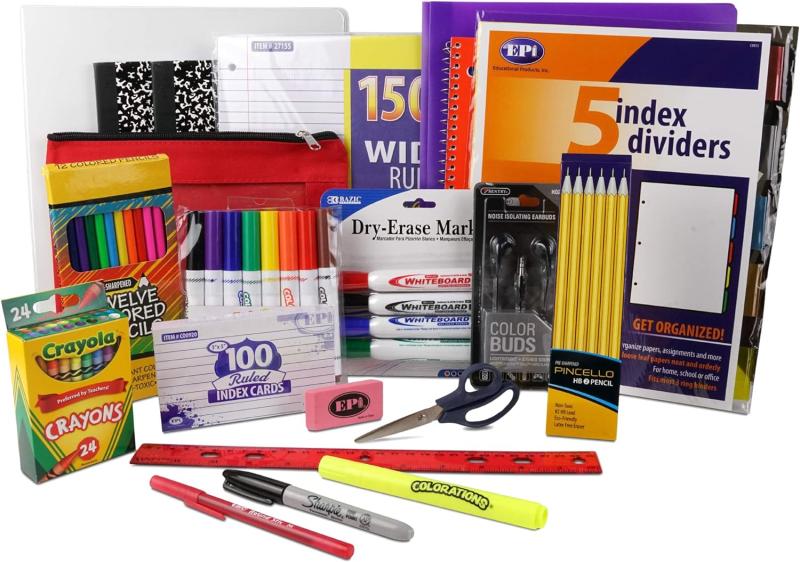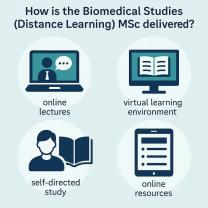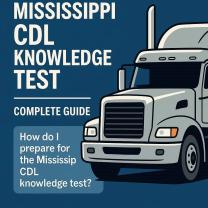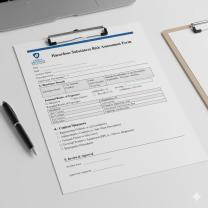What are some essential school supplies?
The essential school supplies can vary depending on the level of education (elementary, middle school, high school, or college) and the specific requirements of each course. However, here is a general list of essential school supplies that students might need:
Writing Tools:
- Pencils (both regular and mechanical)
- Pens (blue, black, and red)
- Highlighters
- Erasers
- Sharpies or permanent markers
Notebooks and Paper:
- Spiral notebooks or binders
- Loose-leaf paper
- Composition notebooks
- Graph paper
- Sticky notes
Organization Supplies:
- Backpack or bookbag
- Planner or agenda
- Folders and/or pocket organizers
- Binders with dividers
- Pencil case or pouch
Calculators:
- Basic calculator for general math
- Scientific calculator for advanced math and science courses
Technology:
- Laptop or tablet (if required)
- USB flash drive
- Headphones or earbuds
Art Supplies (for Art Classes):
- Sketchbooks
- Drawing pencils
- Markers and colored pencils
- Paints and brushes
- Glue and scissors
Textbooks and Reading Materials:
- Required textbooks for each class
- Novels or reading materials for literature classes
Reference Materials:
- Dictionary
- Thesaurus
- Scientific calculator (for advanced math and science courses)
- Ruler and geometry set
Health and Safety Supplies:
- Hand sanitizer
- Tissues
- Reusable water bottle
- Face masks (if required)
Comfort and Ergonomics:
- Comfortable backpack or bag
- Comfortable and supportive chair (for remote learning)
- Desk or study space essentials
Clothing and Accessories:
- Comfortable and weather-appropriate clothing
- Umbrella or raincoat (if applicable)
- Comfortable shoes for walking around campus
Lunch and Snacks:
- Lunchbox or reusable container
- Water bottle
- Healthy snacks
Personal Items:
- Personal hygiene items (toothbrush, toothpaste, etc.)
- Hand lotion
- Hair ties or accessories
Remember that this list is a general guide, and the specific requirements can vary from school to school and class to class. It's a good idea to check with teachers or the school itself for any specific supplies needed for each class. Additionally, students may find it helpful to reassess their supplies periodically throughout the school year and restock items as needed.
Essential School Supplies for Students
School supplies play a crucial role in a student's academic journey, providing the necessary tools for learning and success. A well-stocked backpack can enhance focus, improve organization, and contribute to a positive learning experience. Here's a comprehensive list of essential school supplies for students of all ages:
Basic Writing Supplies:
Pencils: Pencils are a staple for writing and taking notes. Choose pencils with different lead grades (2B, HB, 2H) for varying degrees of darkness and erasability.
Erasers: Erasers are essential for correcting mistakes and making neat revisions. Opt for high-quality erasers that remove marks effectively without smudging or tearing paper.
Pens: Pens are necessary for writing formal assignments, signatures, and note-taking. Ballpoint pens provide smooth, consistent writing, while gel pens offer vibrant colors and bold lines.
Notebooks: Notebooks serve as a central repository for notes, assignments, and creative writing. Choose notebooks with different sizes, rulings, and binding styles to suit individual preferences and subjects.
Highlighters: Highlighters help students focus on important information and organize their notes. Opt for highlighters in different colors to create a visual hierarchy.
Additional School Supplies:
Sharpeners: Sharpeners ensure that pencils remain sharp and produce clear, legible lines. Choose a sharpener that can accommodate various pencil sizes and produces a fine point.
Scissors: Scissors are essential for cutting paper, crafting, and completing various school projects. Choose scissors with sharp blades and sturdy grips.
Rulers: Rulers are necessary for drawing straight lines, measuring lengths, and creating neat diagrams. Choose rulers made from durable materials like metal or plastic.
Protractors: Protractors are used to measure and draw angles, particularly in geometry and trigonometry classes. Choose protractors with clear markings and easy-to-read graduations.
Glue sticks and glue: Glue sticks and glue are essential for adhering paper, cardboard, and other materials for projects and assignments. Choose glue sticks for mess-free application and glue for stronger adhesion.
Grade-Specific School Supplies
While most essential school supplies are common across grades, some items may be more specific to certain age groups or subjects:
Elementary School:
Crayons and markers: Crayons and markers provide colorful options for drawing, coloring, and creative expression. Choose crayons with smooth, vibrant colors and markers with varying tip sizes.
Construction paper: Construction paper comes in various colors and textures, adding dimension to projects and crafts.
Children's scissors: Children's scissors are designed with smaller handles and blunt tips for safe and easy use.
Middle School and High School:
Calculators: Calculators are essential for math classes and scientific calculations. Choose calculators with appropriate functions and ease of use.
Binders and folders: Binders and folders help organize loose papers, notes, and handouts. Choose binders with different ring sizes and folders with various tab arrangements.
Index cards: Index cards are useful for studying, taking notes, and creating flashcards. Choose index cards with ruled or unruled lines as needed.
Organizing and Managing School Supplies Effectively
Effective organization and management of school supplies can significantly enhance a student's learning experience. Here are some tips for keeping supplies in order:
Designate a Dedicated Storage Space: Set up a designated storage area for school supplies, such as a desk drawer, shelf, or container.
Utilize Compartments and Organizers: Use compartments, organizers, or trays to separate different types of supplies, making it easy to find what's needed.
Label Everything Clearly: Label containers, folders, and compartments to easily identify their contents.
Establish a Routine: Develop a regular routine for checking and replenishing supplies to avoid last-minute scrambles.
Involve Students in Organization: Encourage students to take ownership of their supplies, teaching them organization skills that will benefit them throughout their academic journey.
By following these guidelines and selecting the appropriate school supplies, students can set themselves up for a successful and organized learning experience.












